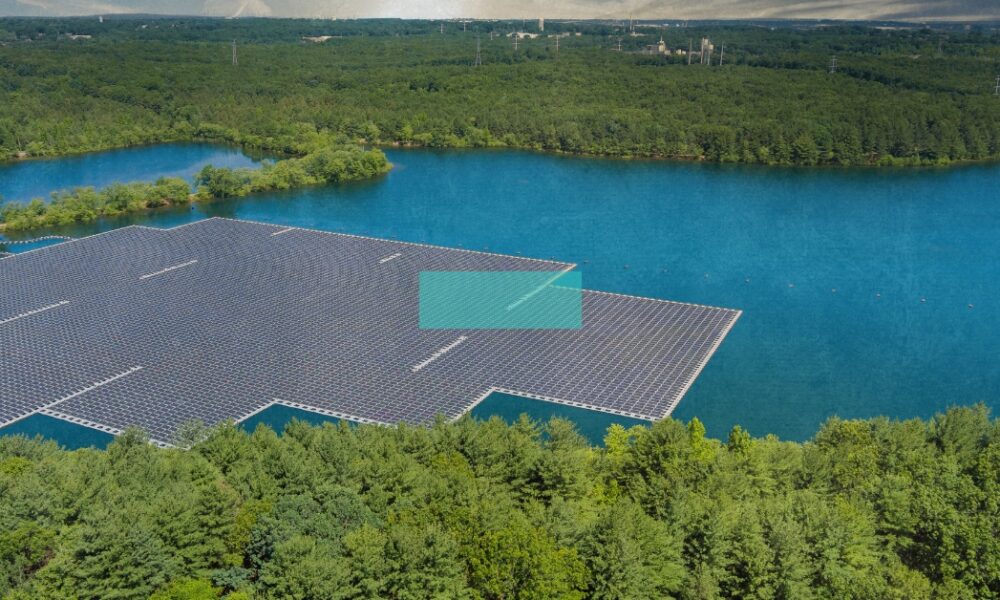Top UN Officials Resign Over The Organization’s Incapability To Protect Human Rights In Palestine
November 30, 2023

Solar farms are becoming popular options for countries and communities that seek a cleaner way of producing energy. These solar parks are often installed on land, but recently, there has been more efforts to put solar farms on water reservoirs, making them floating solar farms.
According to a study published on Nature, floating solar farms could generate a huge amount of energy. If the world could cover 30 percent of the surface of the 114,555 global reservoirs, solar farms could generate 9,434 terawatt hours of power annually. That is more than triple the energy produced by the European Union in 2021.
Floating solar farms can also solve the problem of unavailable land in some regions of the world and help to use the space in a more efficient way. These floating solar farms need stable and unshaded water surface, so reservoirs are the perfect location for them.
The first floating solar farm was installed in 2008 in China, and since then, more countries have experimented on their own to install these farms on their reservoirs.
For example, Portugal has built the largest solar farm floating on a reservoir in Europe. This solar farm is located in the region of Alqueva, in the south of the country and will supply more than 30% of the population in this region.
The project has proved to be more efficient than the solar farms on land. Thanks to the water, the solar panels can be cooled naturally, improving their efficiency. Floating solar farms have 10% better performance rates than the farms on land.
Other benefits from having a floating solar farm on a reservoir is that the panels protect the water surface from the sun, and this reduces the evaporation of water on the reservoir. This also prevents the growth of algae that could harm the reservoir.
However, one of the problems that the floating solar plant in Portugal has experienced is that bird defecation has been found in the solar panels, affecting the efficiency of the farm. This is being solved by releasing cleaning robots on the surface of the solar panels, and alongside the use of AI, these robots can be released at the optimal time for a cleaning.
Other countries, like Thailand are also building their own floating solar farms, which have been connected to the grid. This plant is located in east Bangkok and is expected to reduce 750,000 tons of CO2 carbon emissions and to boost the green development in the Prachinburi Industrial Park.
With solar farms, countries are beginning to walk away from fossil fuels. This renewable energy has proved that it can be efficient and can minimize negative impacts in the environment. And with floating solar farms, countries now have more options to implement solar energy on their grids, and hopefully reach lower emissions every day.